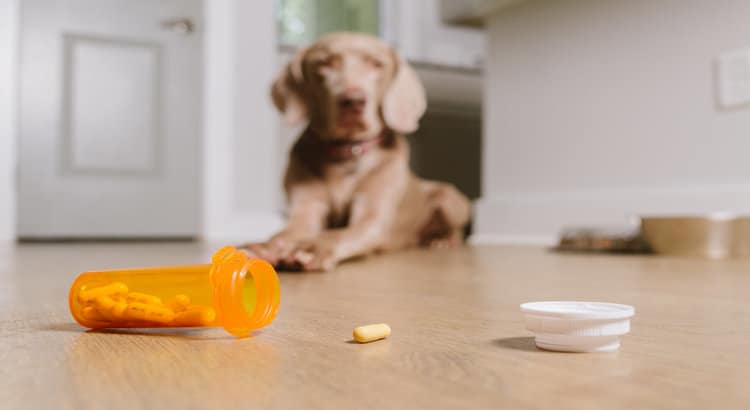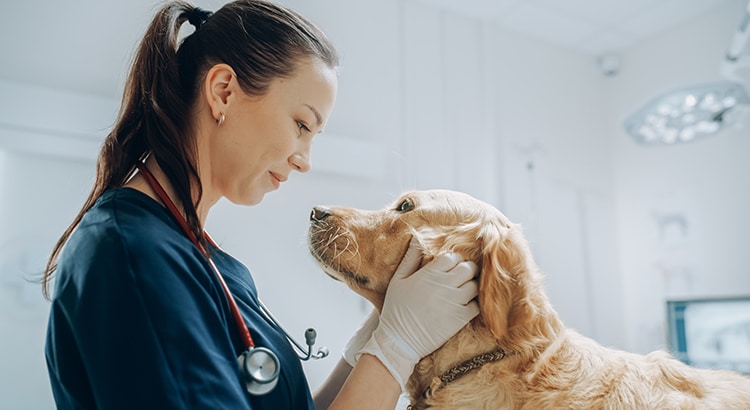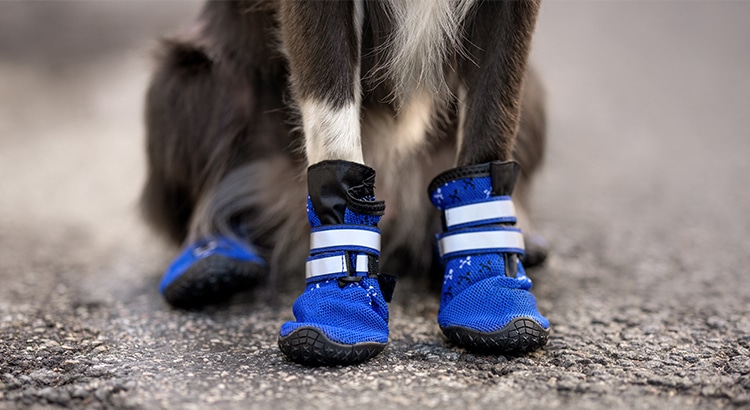
Tylenol Poisoning in Dogs and Cats
Too often enough, Tylenol poisoning in dogs and cats happens without the owner being aware of the toxic consequences.
When a pet is showing the signs and symptoms of being in pain, their owner is likely to scramble to find a way to provide them comfort. Taking a pet to the vet is the most ideal scenario. However, in the meantime, it is extremely important to not give the pet Tylenol (acetaminophen), as it is highly toxic to dogs and cats. Here are some facts:
Methemoglobin: the altered hemoglobin molecule resulting in a lack of oxygen-carrying abilities, changing the color of blood from red to brown.
Signs and Symptoms of Toxicity
Should a pet be given Tylenol with the owner unaware of the negative side effects, or should the pet chew on a medicine bottle containing acetaminophen, here are the clinical signs to look for:
Treatment and Outcome
If an owner suspects their pet has ingested Tylenol, vomiting may be induced at home. However, note that there is a specific protocol when attempting to do so. The best advice is to seek veterinarian assistance who will administer the safest and most appropriate medical treatment to the pet. According to Dr. Justine A. Lee, DVM, DACVECC, pet owners who choose to induce vomiting at home may follow this protocol:
“Cat owners should be aware of the following: There’s nothing you can safely give to CATS if they’ve eaten something poisonous. Products like salt, mustard, syrup of ipecac, and hydrogen peroxide aren’t safe to give in cats, and you need to seek immediate veterinary attention if your cat ate something poisonous. Your veterinarian has more effective drugs called alpha-adrenergic agonist drugs to help induce vomiting.
So, for dog owners, just how much hydrogen peroxide do we give? Keep in mind that you can give too much which can result in bloody vomiting and uncontrollable vomiting. You always want to use the correct amount. In general, the dose of hydrogen peroxide in dogs is approximately 0.5 – 1 ml per pound weight. If your dog weighs 50 pounds, you can give 25 – 50 mls of fresh, non-expired hydrogen peroxide orally, once. Keep in mind that 15 mls = 1 tablespoon (or 5 mls = 1 teaspoon), so this would be approximately 1.5 – 3.5 TBSP.”
The best rule of thumb is to never give a pet any human medications without first consulting a vet. Keep all medications in a safe place and out of the reach of pets. Should a pet ingest acetaminophen or anything else considered toxic, get them to a vet.
At Pin Paws, we offer products that include whiskerDocs, 24/7, 365 days a year pet telehealth. For reasons like this, it is wise to have access to veterinary experts via phone, text or email. Sign up for a Pin Paws Plus membership today to provide your pet with a bundle of health-related products to help them live their best life.




